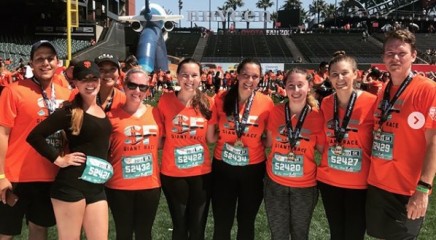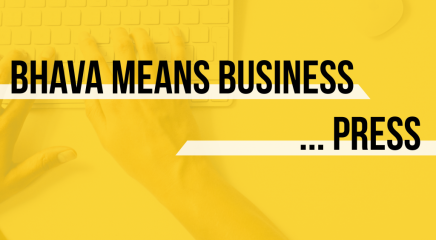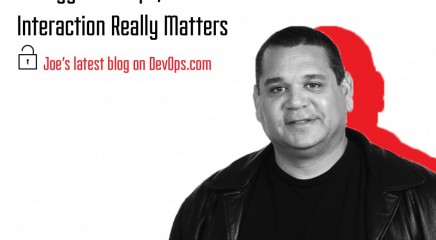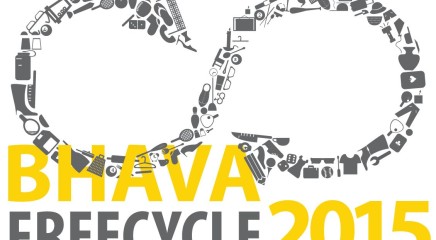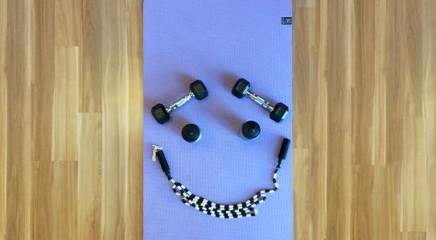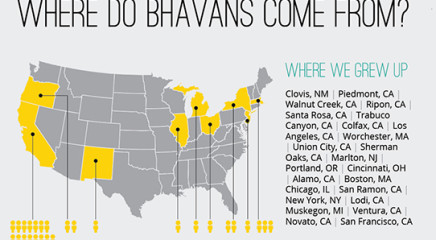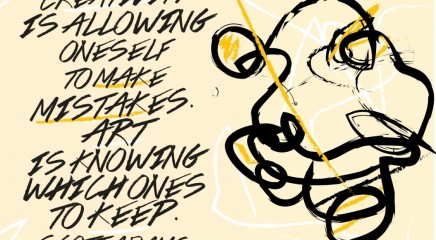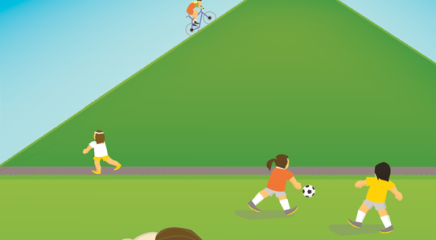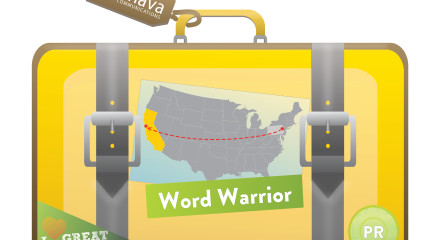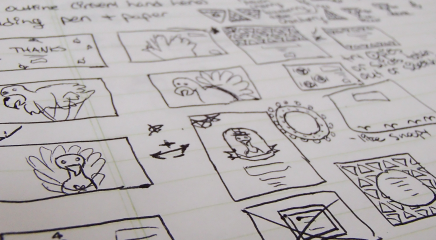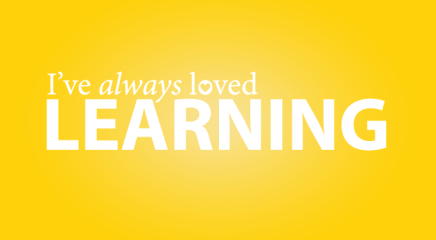“Yes, And!”: 3 Ways to Harness Improvisation in Business and Your Life

“When you master the art of improv, you no longer concern yourself with a strict plan. Instead, you stick to a desired outcome and simply adjust the plan as necessary to keep heading towards it. When you say yes and accept each unplanned thing that comes, you skip all the uncertainty and just react. It looks and feels effortless because you’re no longer trying to battle the unknown.” – Tyler Tervooren, Riskology
Last month, I spent an entire day doubled over in laughter while learning how to be a better professional. It was at the 2015 Bhava kickoff and the theme of the day was “Improvisation.” Admittedly, the theme was surprising to many Bhavans at first. Improv at work sounds weird, right? We are PR and marketing professionals, after all, not Saturday Night Live performers.
It’s common to think of improvisation as something that only funny, theatrical or supremely extroverted people would be good at or enjoy. As someone who does improv for fun on the weekends, I am constantly trying to get friends to join me. Their common reaction, though, is a mix of awe, fear and panic. Sometimes they say “no way” and other times they mutter something along the lines of “Oh no, I could never do that…I HATE PUBLIC SPEAKING!!!!” while running swiftly in the opposite direction.
Improv is Everywhere
The truth is, all of us improvise a bit every day, even people who would never voluntarily get on a stage or who claim to be allergic to microphones. Improv happens when you get on an unexpected client call or suddenly find yourself talking with an important contact at an event or are called to present work you weren’t quite ready to share with the team or a client. You’ve probably experienced all or some of these common occurrences and had to “wing it” requiring you to “arrange from whatever materials are readily available to you”—your intelligence, wit, knowledge of the professional landscape, previous experiences—and “deliver without previous preparation.” Or in other words, you improvised.
In those moments when you find yourself winging it you are tapping into the superpower that is improvisation. Everyone has this superpower at their ready… you just need to be aware of how to harness it to make you a sharper professional. To help Bhavans tap into this power, Bhava brought in Collective Capital improv pros, David Havens and Mona Thompson, to give us hands-on training on quick ways to access our strongest, most creative and calmest selves.
Here are three improv exercises we found most helpful for channeling our inner super heroes:
Improv Exercise #1: “Good Advice”
How to: Two people create a piece of advice together. Person A says one word, Person B follows with a word that makes sense, Person A follows with the next word until you both feel you’ve formed a piece of advice.
Example:
- Person A: Always
- Person B: be
- Person A: prepared.
- “Always be prepared!”
Superpowers activated: collaboration, acceptance, adaptability
“Good Advice” is a great way to practice building upon what your partner brings to the table, much like collaborating on projects in our daily work lives. Don’t worry if they don’t make sense. That isn’t the goal. The goal is teamwork, plain and simple. You both accept each other’s ideas, use them for inspiration and create something that is 100% collaborative. One of our favorite creations from the Bhava kickoff was, “Whenever you encounter llamas, remember to look both ways,” a gem of an aphorism co-created by our founder Elizabeth Zaborowska and Bhava account executive Alyssa Marty.
Improv Exercise #2: “High Status/Low Status”
How to: Two people sit across from each other in chairs and have a conversation embodying either a “low-status” or “high-status” person.
High status: Change your body posture to indicate high status. This can include squaring your shoulders, sticking out your chin, taking up more room in the seat, speaking in a louder voice, anything that makes you feel powerful.
Low status: Change your body posture to indicate low status. This can mean making your body smaller on the chair, tucking your chin into your chest, putting your hand on your neck, mumbling – anything that makes you feel smaller. Note: low status doesn’t equal insignificant or bad. Good leaders know it is necessary for even the top dogs to embody a low status position sometimes. For example, a manager might speak softly and make their posture shorter in order to get a shy employee to feel safe about sharing their ideas in a meeting or they might mirror the expressions and movements of an important but timid contact to help them be more comfortable in the conversation.
- Conversation 1: Both people act high status
- Conversation 2: Both people act low status
- Conversation 3: Person A high and Person B low
- Conversation 4: Person A low and Person B high
- After each conversation, talk about how that status made you feel and how the other person’s status made you feel.
Superpowers activated: power poses, instant confidence, ability to utilize your own body language, ability to read other people’s body language
Experimenting with different physical postures is a surprisingly revealing exercise. I found certain postures that gave me immediate confidence and some which did the exact opposite. This knowledge is especially helpful in business situations (meetings, calls, interviews, presentations, negotiations, sales interactions) where you might want to be higher or lower status to achieve your intended objectives.
Improv Exercise #3: “Tug of War”
How to: Two people pretend to tug a rope back and forth. They look into each other’s eyes and communicate silently until they both decide (without speaking) who should “win.” Try to resolve the decision within 30 seconds of the game’s start.
- Person A and Person B: grab opposite ends of an imaginary rope
- Count to 3
- Pull on your end and look into your partner’s eyes
- Decide who should win
- The losing partner should fall into the “tug” and drop their end of theimaginary rope
Superpowers activated: reading someone’s intentions, learning to go with the flow, learning to let someone else win
OK, so this one is really about engaging with co-workers sans screens. In many companies, it’s the norm to spend weeks communicating with our co-workers via email and over chat without ever speaking with them in person. This exercise breaks down invisible walls between peers by giving them an opportunity to communicate face-to-face.
If you are looking for a fun way to meld minds with your co-workers, the improv exercises mentioned here are a fantastic place to start. If nothing else, I guarantee you will have a good laugh. After a day of improv, our team felt even more empowered to be as creative and daring as possible, leaping with enthusiasm into known and unknown territories without fear—because we know we can improvise and have each other for support. Kind of like a band of superheroes.



